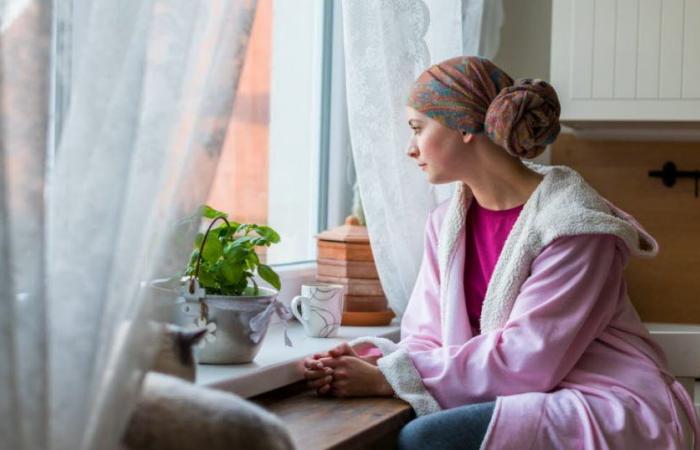Prevention, treatment, survival… socio-economic inequalities are present throughout the entire journey and constitute the main cause of health inequalities.
A Franco-Swiss team from the University of Geneva (UNIGE), the University Hospitals of Geneva (HUG), Inserm and the Gustave Roussy Institute (Villejuif) focused on these inequalities in breast cancer. . 5,900 women who had been diagnosed with early breast cancer – 80% of whom recovered – participated in this study, published Tuesday June 18 in the Journal of Clinical Oncology. All were treated and followed in France for 2 years.
Objective: to quantify the impact of economic inequalities on the quality of life of people with breast cancer, at the time of diagnosis but also in the two years following this announcement.
“Many women received heavy treatment the first year after their diagnosis — such as surgery followed by chemotherapy — then hormone therapy the second year. We followed them over two years in order to analyze the evolution of differences in quality of life over the medium term”develops Gwenn Menvielle, research director at Inserm and Gustave Roussy, who led the study.
Much lower quality of life two years after diagnosis
Five domains of quality of life were considered; fatigue, general condition, psychological state, sexual health and side effects.
The socio-economic criteria were as follows: level of education, household income (taking into account the number of people constituting it) and perception of the financial situation. The combination of the elements made it possible to determine a score, the score of 0 representing the absence of inequalities.
Results ? With equal diagnosis and treatments, socio-economic status has a major but also lasting impact on quality of life.
In details, “at diagnosis, the inequalities in quality of life between the two socio-economic extremes are notable, with a score of 6.7. The score increases to 11 during treatment, then remains at 10 two years after diagnosis, i.e. at a higher level than when the diagnosis was announced. notes Inserm in a press release.
Concretely, the quality of life of advantaged women is much less affected by the treatments and the situation persists, with an almost identical score, after two years of survival.
Money, access to information and relays for children at the heart of inequalities
The most precarious women see their quality of life significantly more affected by breast cancer than more advantaged women, regardless of their age, the characteristics of the tumor or the treatment received.
“If we expected a certain inequality at the start of the disease, the fact that these inequalities increase rapidly and persist so much comes as a surprise,” underlines José Sandoval, oncologist at the Department of Oncology at HUG, first author of the study.
Especially since an altered quality of life can cause a chain reaction, particularly on social and professional life.
How can we explain such inequalities? For José Sandoval, “Having the time, money and access to information to take care of oneself and find support resources and better manage the physical and psychological side effects of the disease will likely be easier for women of lower socio-economic status. higher economic than for, for example, a single mother with a low income, without support for her children.
Inequalities are very present in a country like France, although it is quite egalitarian in terms of access to care.
“ When we talk about precision oncology, we should take into account the person as a whole, including their social dimension. », recommend the authors of the study. And prevent breast cancer from disproportionately affecting the most vulnerable women.
To note : 61,214 breast cancers were diagnosed in France in 2023, with a median age of 64 years, according to figures from the National Cancer Institute. At 5 years, the survival rate was 87% at 5 years and 76% at 10 years.






